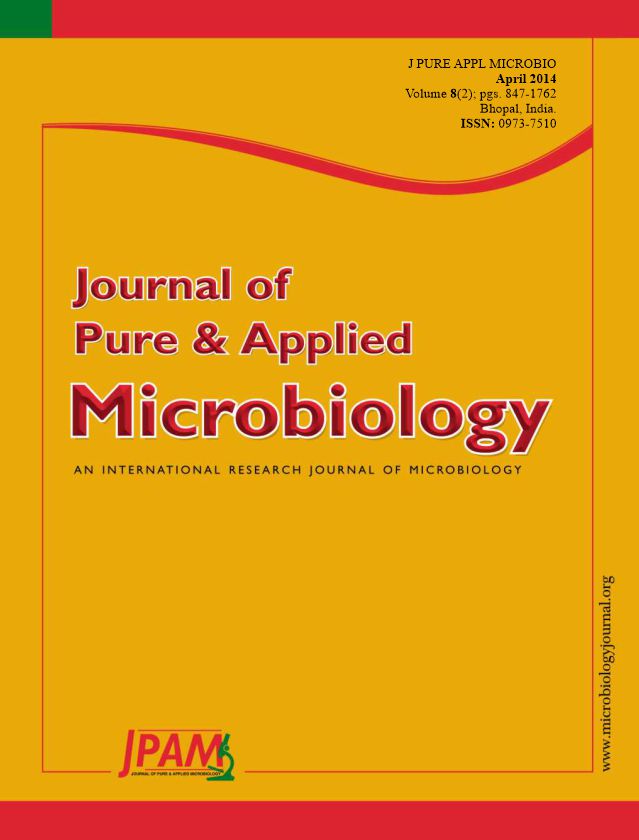Investigation of the microbial pollution in different Mentha species available commercially in local markets of Riyadh, Saudi Arabia. Mentha samples were collected from the local markets of Riyadh, Saudi Arabia. Mentha juices were prepared from both stems and leaves. Detection of bacteriophages was done as indicated in the materials and methods. A wide spectrum of bacteriophages was found in the Mentha samples by using standard strains of E. coli. In addition, results indicate the presence of different bacteriophages since different plaques were seen in the plates. Therefore economical plants like Mentha were polluted by a variety sources of pollutants. This criterion, which is linked to the high or low number of microbes, can be affected according to increasing distance from polluting source. Thus, bacteriophages could be a good indicator to detect the bacterial pollution when using sewage waters to irrigate plants like Mentha species. This report shows that sewage waters were used to irrigate some economical plants including Mentha species. The significance of this study comes from the importance of selecting an easy and quick method of detecting bacterial pollution in plants. The method detects bacteriophages in Mentha juice by their reaction to the host bacteria (E. coli). This study draw attention to the three sources of microbial pollution i.e. sewage waters, human and animals wastes.
Mentha species, Bacteriophage, E. coli, Sewage, Economical plants
© The Author(s) 2014. Open Access. This article is distributed under the terms of the Creative Commons Attribution 4.0 International License which permits unrestricted use, sharing, distribution, and reproduction in any medium, provided you give appropriate credit to the original author(s) and the source, provide a link to the Creative Commons license, and indicate if changes were made.


